11 Childhood Habits From the ’90s That Would Shock Kids Today

The ’90s were a wild mash-up of freedom, questionable decisions, and analog ingenuity. If you grew up then, you probably survived on hose water, mall food, and pure vibes.
Kids today might gasp at how we navigated life without constant connectivity—or car seats. Buckle up for a nostalgic tour through habits that made perfect sense then and sound absolutely bonkers now.
1. Roaming the Neighborhood All Day with No Phone

There was a delicious kind of freedom in leaving the house with nothing but a bike, a few quarters, and a vague plan to meet “somewhere.” Parents trusted the sun and streetlights to communicate the schedule, and remarkably, it worked. We learned directions by landmarks instead of blue dots, and every shortcut was discovered the hard way.
Friendships were forged on cul-de-sacs, creeks, and soccer fields with no parental playbook. If someone crashed, the group became a mobile first-aid unit with Neosporin and bravado. The day stretched forever, fractured into adventures and dares.
Now the idea of kids roaming untethered feels like myth, but it built an internal compass. We figured out how to ask for help, share snacks, and make our own fun. The only “check-in” was a neighbor shouting your name at dusk, and somehow, that was enough.
2. Riding in Cars with… Questionable Safety Rules

Seatbelts were more of a suggestion than a rule in too many rides back then. You’d see three kids stacked like library books under one strap, or a cousin surfing the bed of a pickup while everyone cheered at stoplights. The front seat felt like a throne—never mind the age recommendations.
Minivans became mobile playgrounds, complete with rolling snacks and unapproved gymnastics between seats. Road trips were basically trust falls at 65 miles per hour, punctuated by cassette sing-alongs. It’s a miracle anyone napped without a five-point harness.
Modern safety standards make those memories feel like fever dreams. Today’s booster charts and latch systems could write a dissertation. But for many of us, the chaos welded families together—every squeaky turn, every unbuckled giggle, and the unspoken pact to hold on tight when Dad “took the scenic route.”
3. Drinking from the Garden Hose (and Not Bottled Water)

Hydration often came from that green serpent coiled beside the garage. Twist the spigot, purge the sun-baked rubber taste, and you had a free fountain powering games and sprinkler sprints. No one asked about pH levels; you just hoped the water ran cold before your turn ended.
Hose breaks were social currency during neighborhood wars—first sip went to the flag bearer or goalie. The metallic tang became part of summer’s flavor profile, like popsicles and cut grass. Bottled water seemed as fancy as sparkling cider.
Today’s reusable bottles track ounces and milestones, but nothing beats the efficiency of a hose when you’re mid-adventure. It was sustainability by accident and community by design. If the nozzle spray hit just right, it doubled as a victory shower, and for a moment, the entire block felt like your private stadium.
4. Calling Collect to Ask Parents for a Ride Home
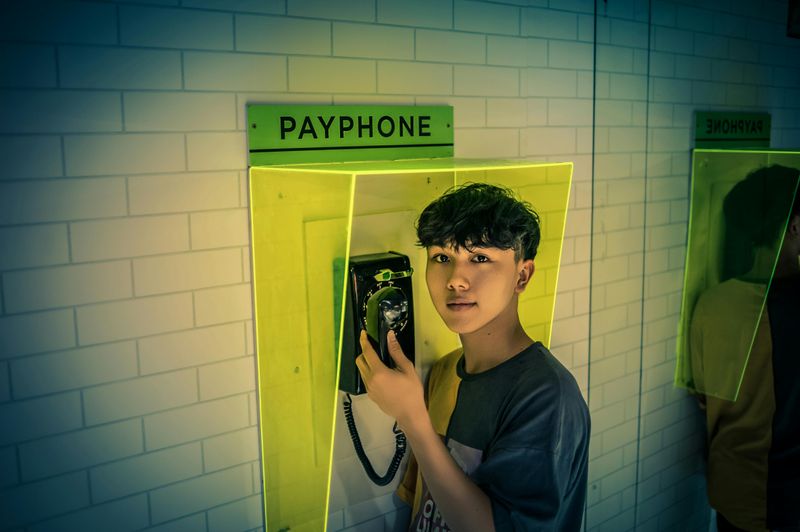
Budget communications required cunning, and we had plenty. Payphones glowed like beacons, and a collect-call service became our loophole. You’d cram “MomPickMeUpAtTheMall” into the name prompt and hang up before charges hit, trusting they’d decode the message.
Timing and diction were everything—speak too slow and you’d get billed; too fast and Mom missed the mall entrance. Friends stood nearby rehearsing like a heist team, guarding the phone from gum and graffiti. The dial tone was both ally and ticking clock.
Kids now rarely see a payphone outside museums, yet this ritual taught precision and thrift. We learned to be concise, inventive, and slightly mischievous. When the family sedan pulled up, it felt like winning a secret game—no data plans, just street smarts and the world’s clunkiest voicemail.
5. Knocking on Friends’ Doors Without Texting First
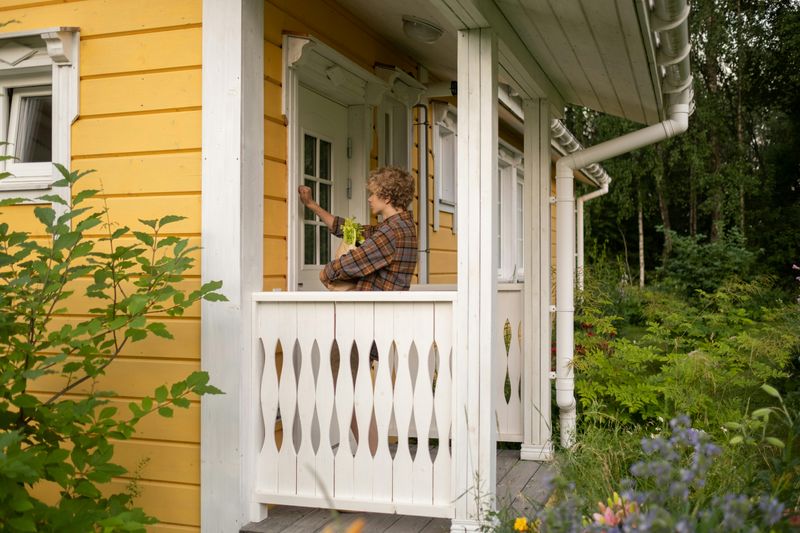
Friendship once began with a doorbell chime and a hopeful pause. You’d shuffle your sneakers on the porch, ready to pitch bikes, basketball, or Nintendo—whatever stuck. If their mom answered, you practiced polite small talk like a diplomat.
There was magic in the uncertainty. Maybe you’d end up playing stickball, maybe hunting for worms, maybe discussing life while spinning on a curb. Social spontaneity was a muscle we unconsciously trained.
Group chats have replaced the thrill of a cold-call hangout, but those knocks taught resilience. Rejection stung less when followed by a new plan three houses down. The neighborhood felt like a living directory of possibilities, and every door was a potential chapter title in a day that hadn’t been written yet.
6. Spending Hours at the Mall or Arcade Unsupervised
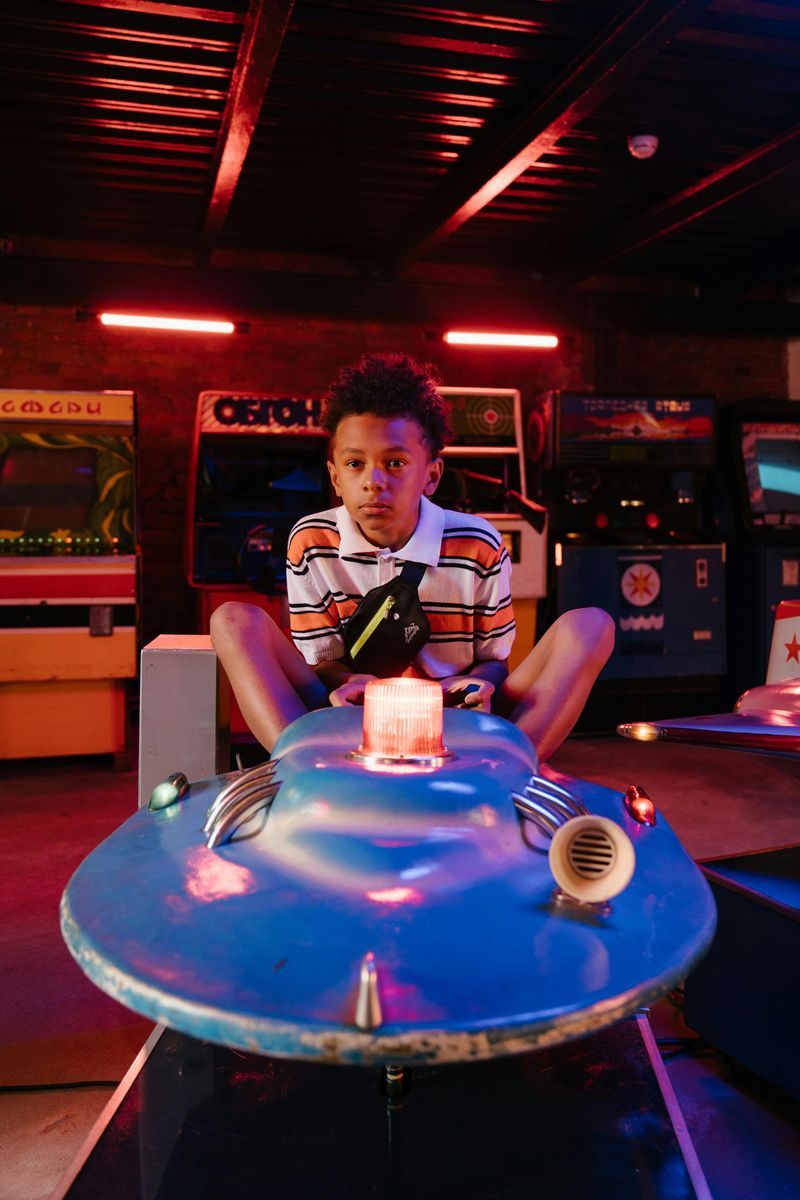
To be dropped off with a wrinkled five-dollar bill was to enter a temple of independence. Food courts stretched like buffets of possibility: pizza slices, pretzels, and sodas big enough to share. Arcades hummed with 8-bit bravado and neon promises, where a pocket of tokens could crown you royalty.
We mastered time management by movie showtimes and fountain meetups. Security guards doubled as lore keepers, and the sticker photo booth was our social feed. Window-shopping taught taste; claw machines taught heartbreak.
Nowadays, malls feel quieter and arcades live in our pockets, but the training stuck. We learned to budget, navigate, and negotiate—skills that don’t come in an app. That mall map was a paper roadmap to autonomy, and every escalator ride felt like leveling up in real life.
7. Recording Songs Off the Radio to Make the Perfect Mixtape
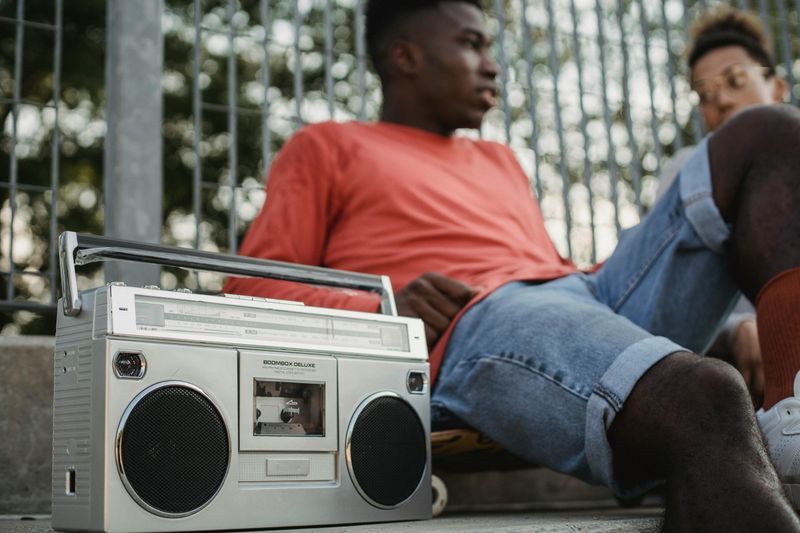
Curation meant hovering over the pause button like a hawk. DJs were both heroes and saboteurs; a well-timed intro could ruin a perfect segue. Each hiss and crackle became part of your fingerprint, proof your playlist was captured, not algorithmically conjured.
Crafting track order was an art form: hype, heart, then hope. Liner notes were doodled love letters, equal parts code and confession. Handing someone a mixtape was risk, strategy, and vulnerability in sixty minutes per side.
Streaming made abundance easy, but scarcity made meaning. When a song finally aired, it felt like a meteor shower dropped into your cassette. Even the abrupt commercial cutoffs had charm, like tape ghosts reminding you that love—and signal strength—are always a bit unpredictable.
8. Sharing One Family Computer (with Dial-Up Internet)
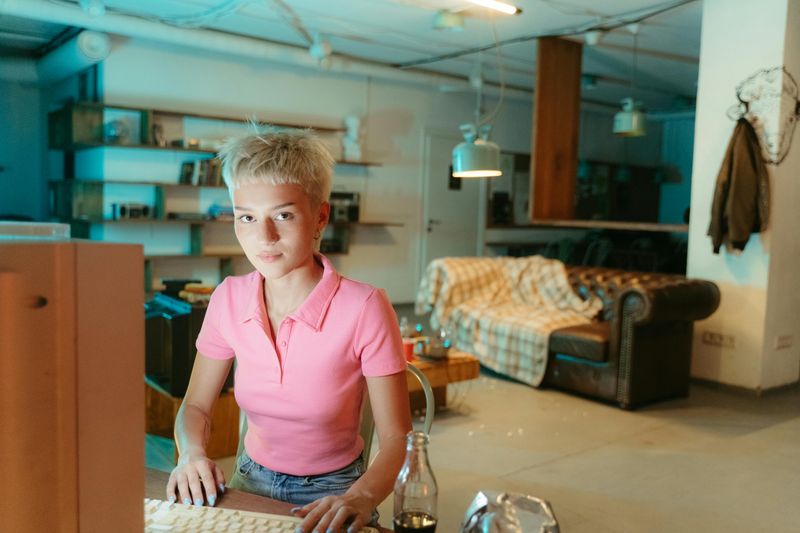
The family computer was Switzerland, Switzerland with a screeching modem. Everyone negotiated time slots as if trading rare spices, and heaven help the soul who lifted the receiver mid-download. Webpages loaded line by line like secret messages from the future.
Homework, games, and chat all queued behind a single monitor’s glow. You memorized the sweet spot between dinner and prime-time calls for the best connection. Screen names were personalities, forged in Comic Sans and curiosity.
Today’s always-on access hides how deliberate that era felt. Every click was a choice, not a reflex. The waiting taught patience; the scarcity taught priorities. And when the connection finally chirped to life, it felt like boarding a rocket ship—destination unknown, return time negotiable.
9. Talking to Strangers in Random Online Chat Rooms
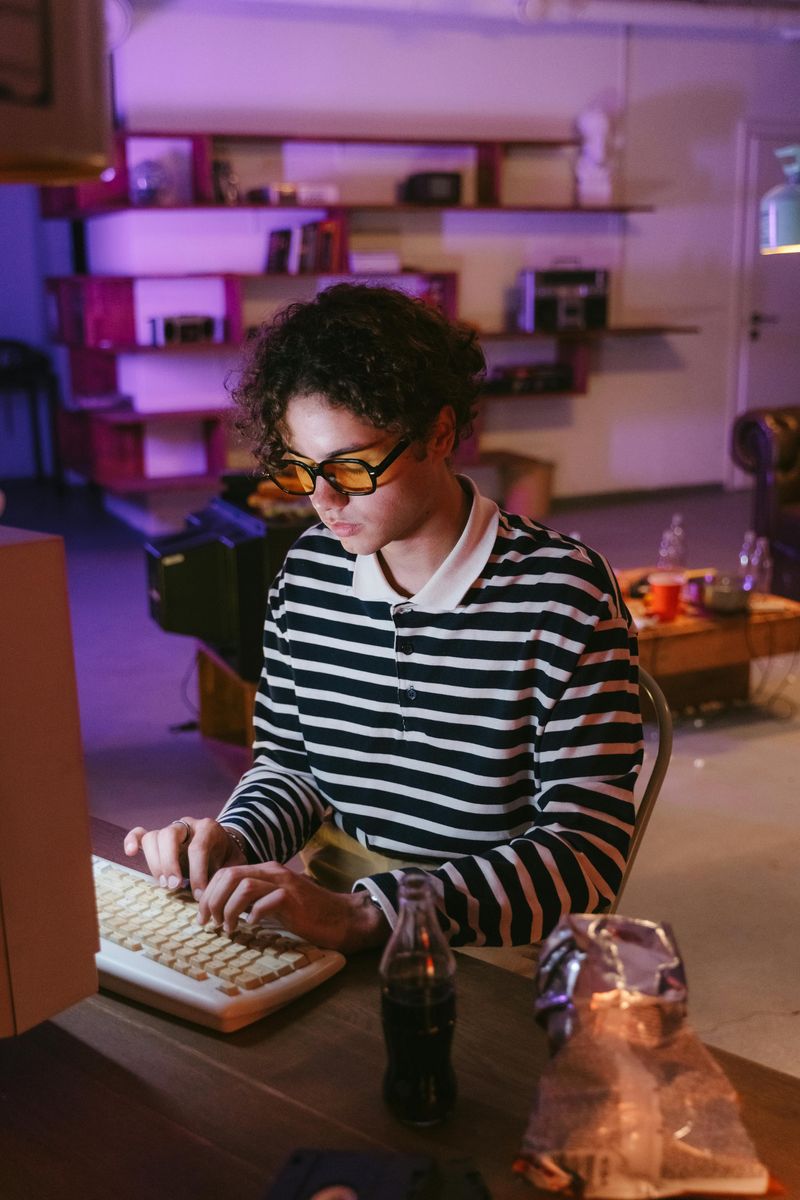
Curiosity outpaced caution in those early digital town squares. AOL keywords and mysterious handles opened portals where you’d ask age/sex/location as if it were a handshake. We navigated this maze blindfolded, trusting instincts tuned by sitcoms and school assemblies.
Conversations ping-ponged from earnest to absurd in minutes—music swaps, urban legends, dubious “hacker” tips. Moderation was patchy, and the block button felt like a magic spell we learned too late. Yet the thrill of real-time connection was irresistible.
Today’s platforms wear safety rails and receipts, but the wild frontier taught digital literacy the hard way. We learned to read tone from text and vanish when vibes went weird. It wasn’t wise, but it was formative, a first draft of the internet’s endless, messy human chorus.
10. Watching Whatever Was on TV—Live—Because There Was No Streaming

Appointment television demanded punctuality and faith. You raced the bus, negotiated remote control treaties, and prayed for minimal commercials during crucial moments. Missing an episode felt like losing a time capsule, unless you trusted a friend’s VHS tape—and their recording skills.
Channel surfing was discovery, not paralysis. Late-night reruns taught trivia; Saturday blocks shaped taste. TV Guides were sacred scrolls, highlighted with the precision of a field general.
Streaming liberated choice, but diluted ceremony. Back then, gathering around a glowing box at the exact minute created a tiny, shared nation. The cliffhanger wasn’t content strategy; it was a communal heartbeat, pulsing through living rooms and schoolyards until next week’s drumroll.
11. Collecting Obsessively: Pogs, Beanie Babies, Trading Cards, You Name It

Some treasures came in foil packs and pellet-filled plush. We cataloged pogs, stacked slammers, sleeved holographics, and watched price guides like stock tickers. Every trade at recess felt like Wall Street dressed in neon.
Collections lived in binders, tubes, and under-bed vaults guarded by sibling treaties. Rumors spread that one rare beanie would pay for college; we believed with evangelical zeal. Flea markets became treasure hunts, complete with whispered negotiations.
Today’s collectibles are digital, but that tactile thrill lingers. Organizing, valuing, and protecting taught us economics disguised as play. Whether fortunes materialized or not, the ritual mattered—care, community, and the dizzying hope that the next blind pull might change everything.

Comments
Loading…